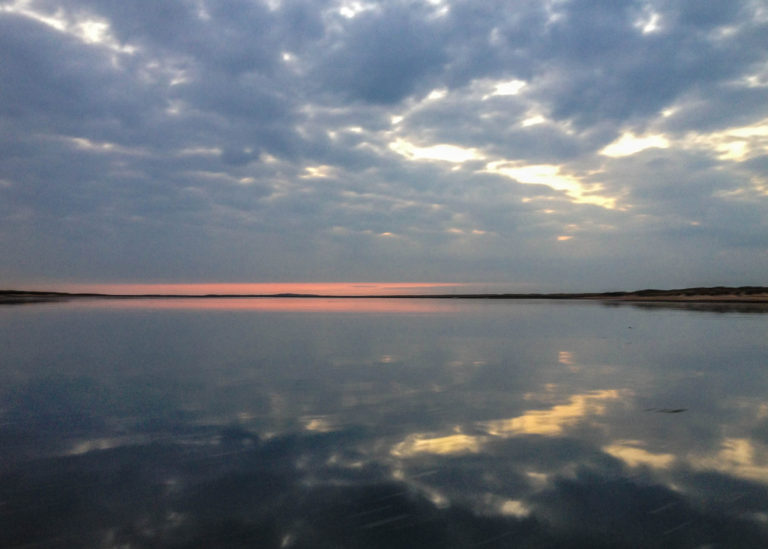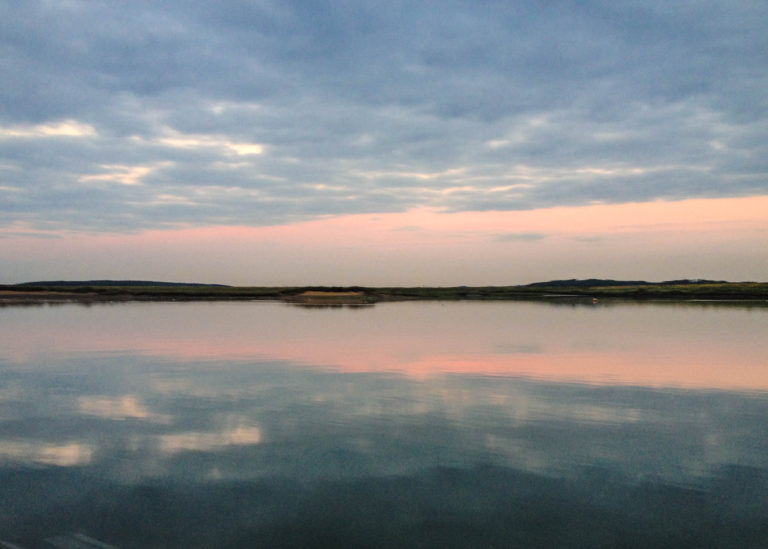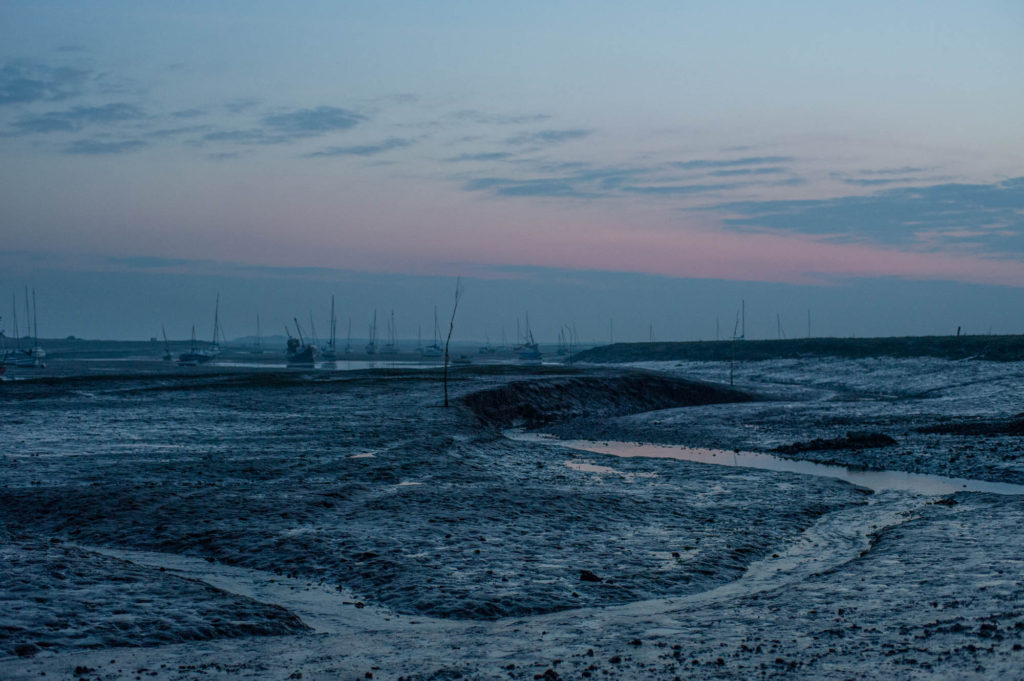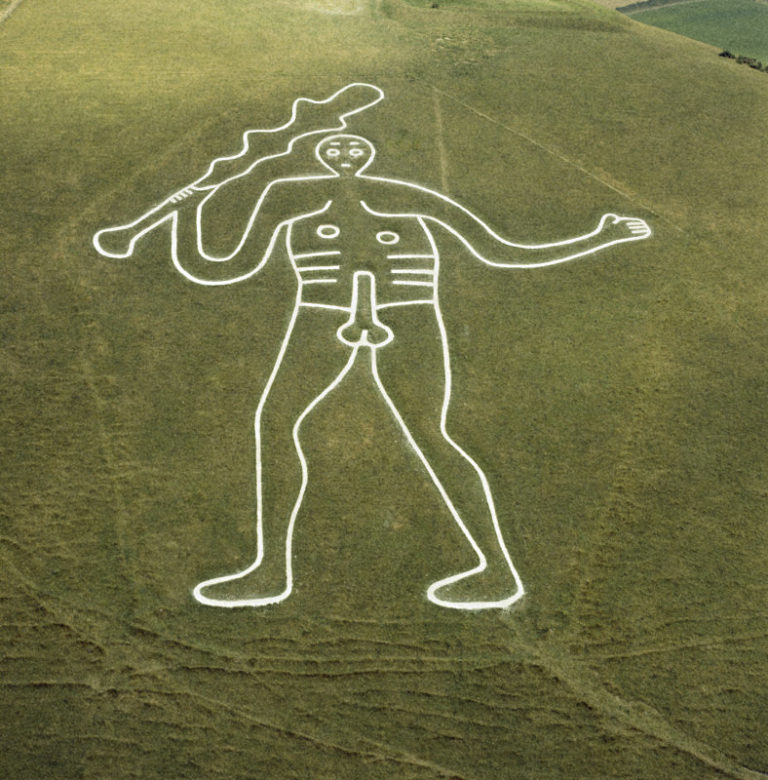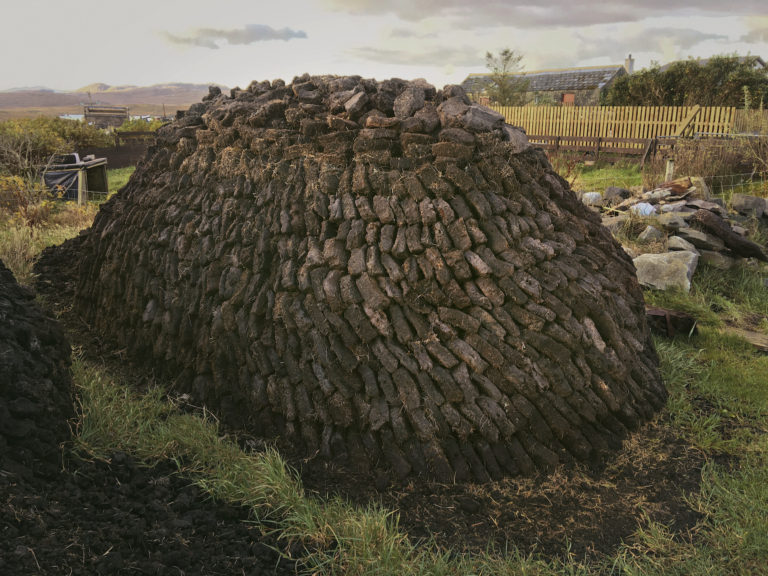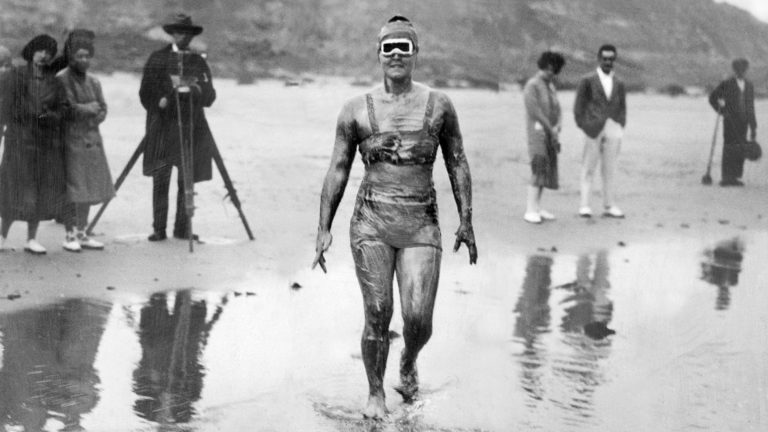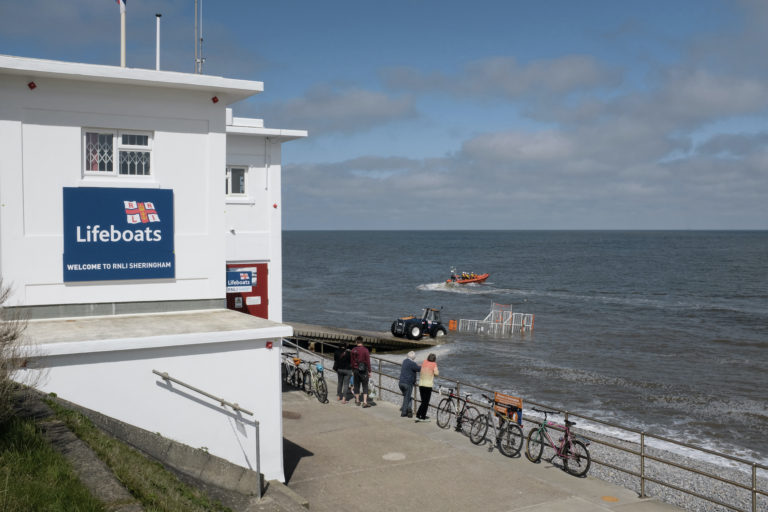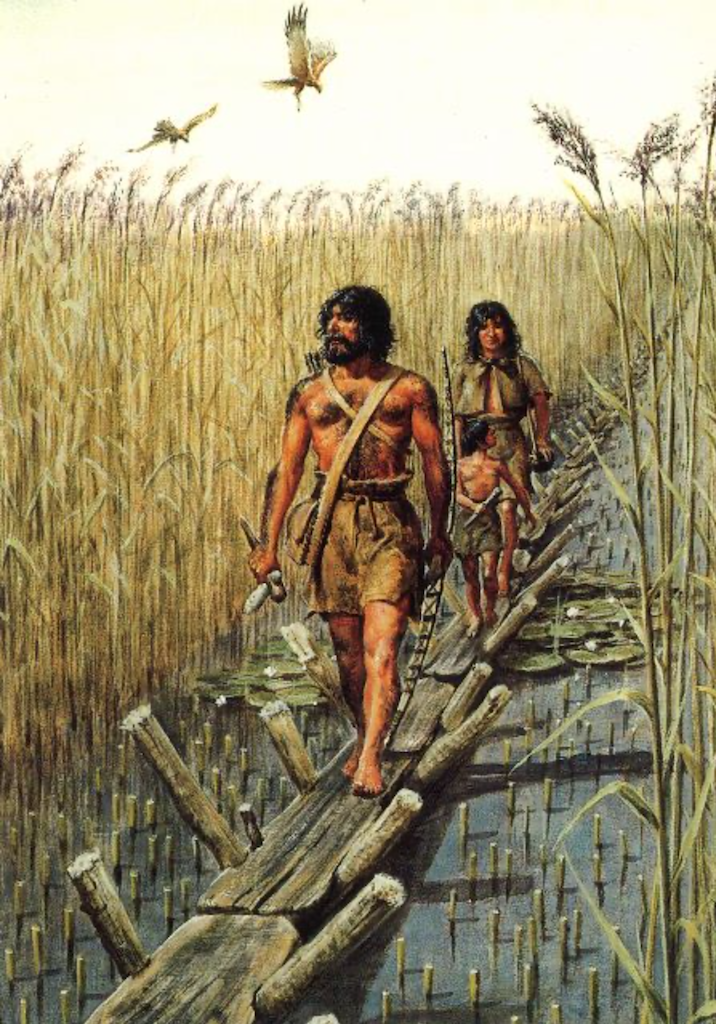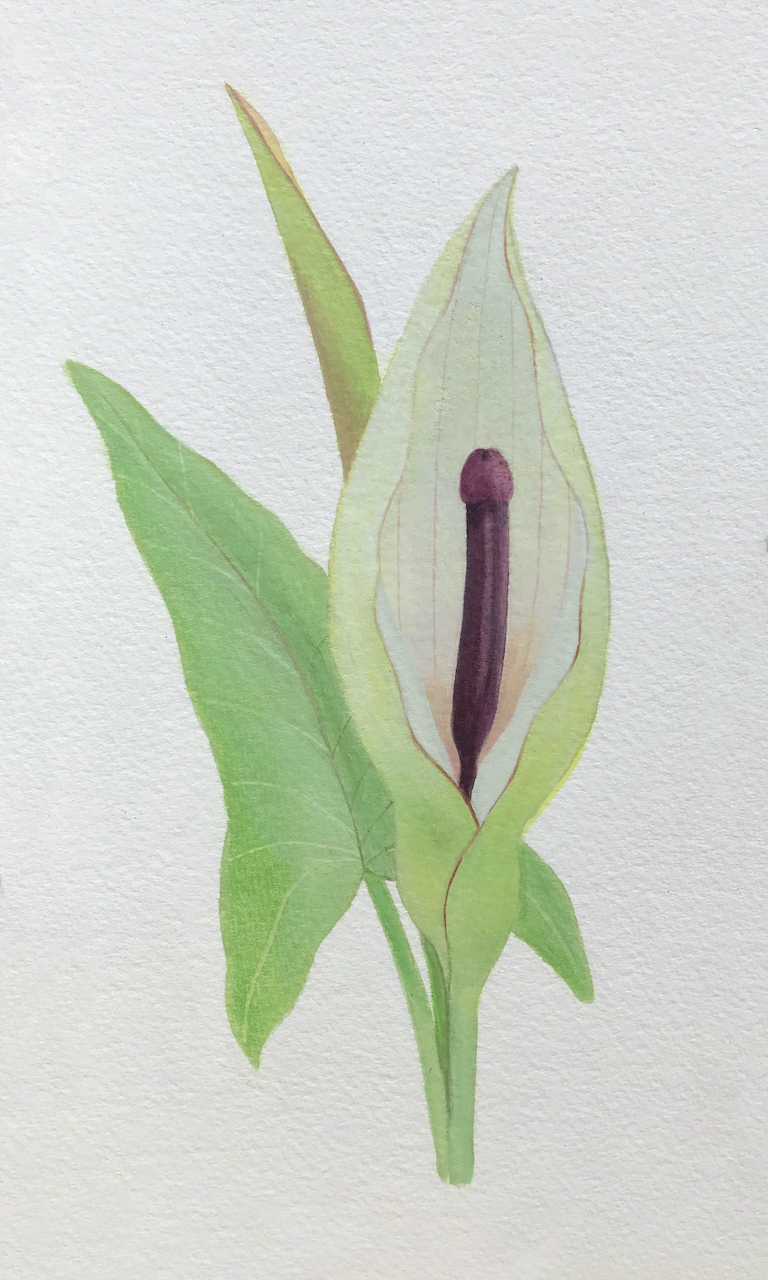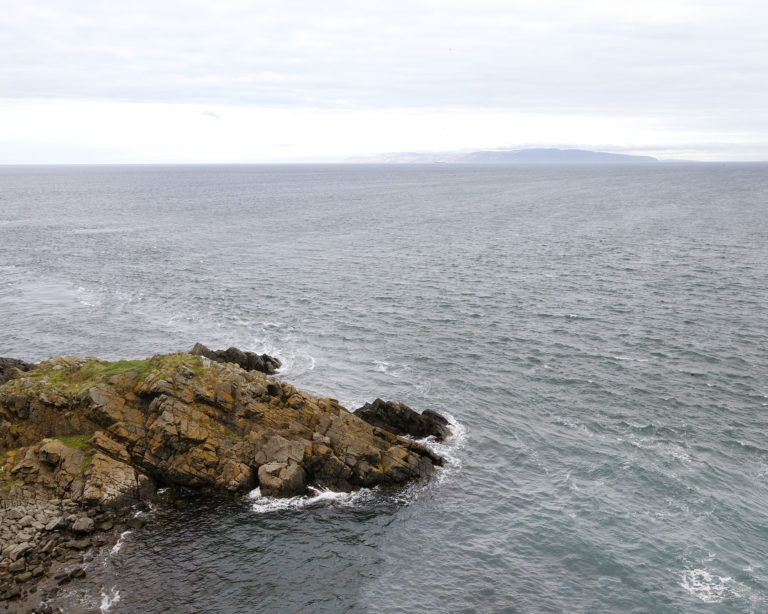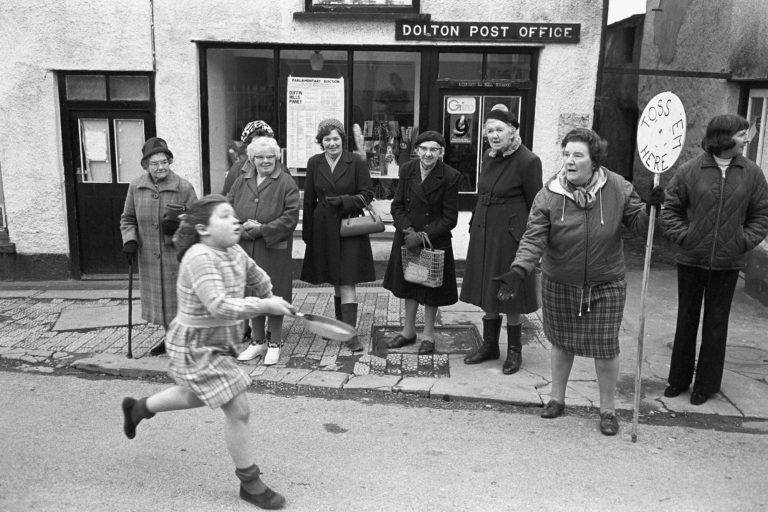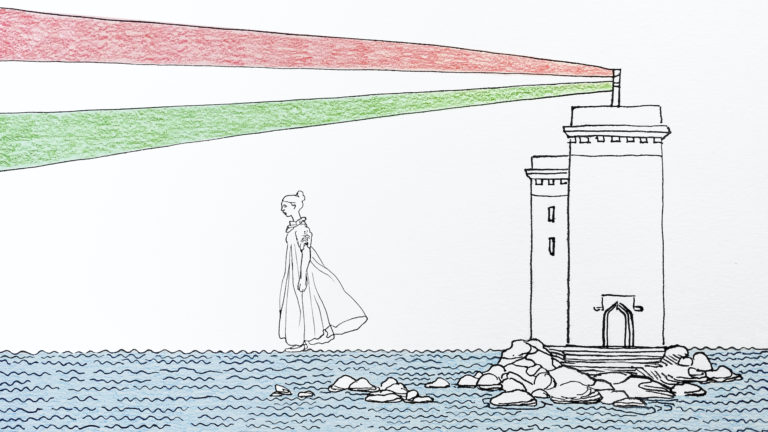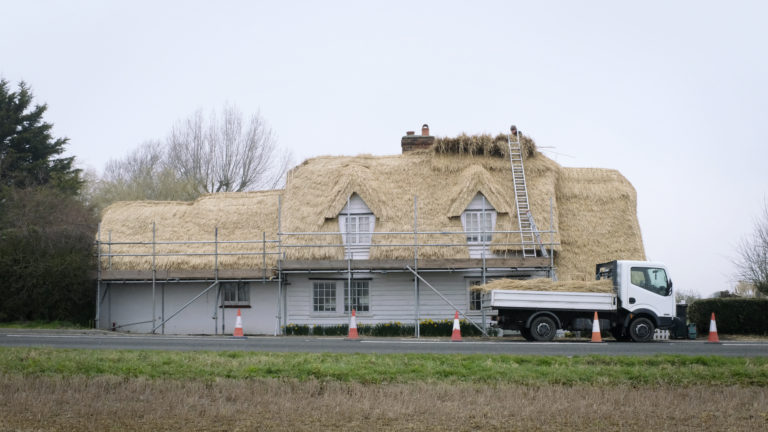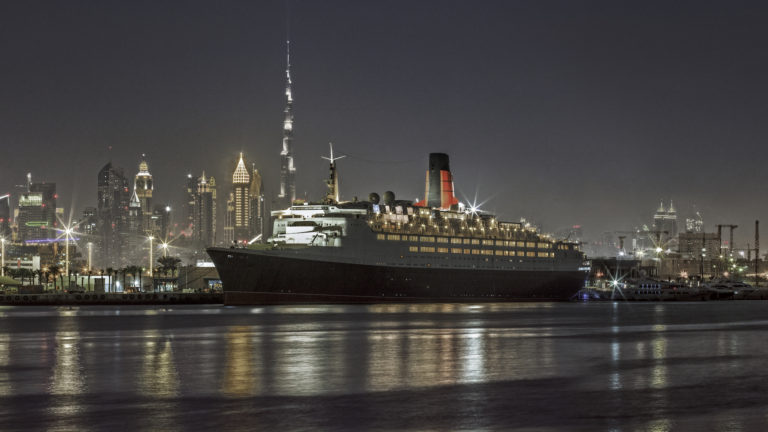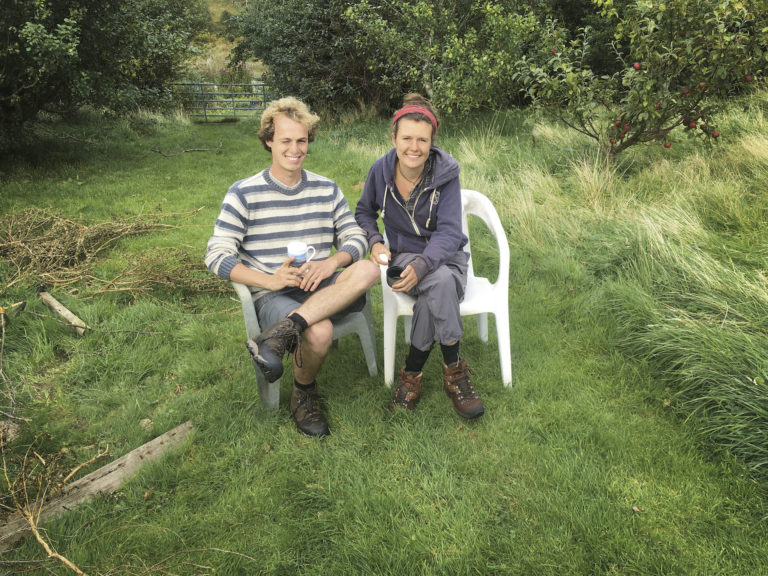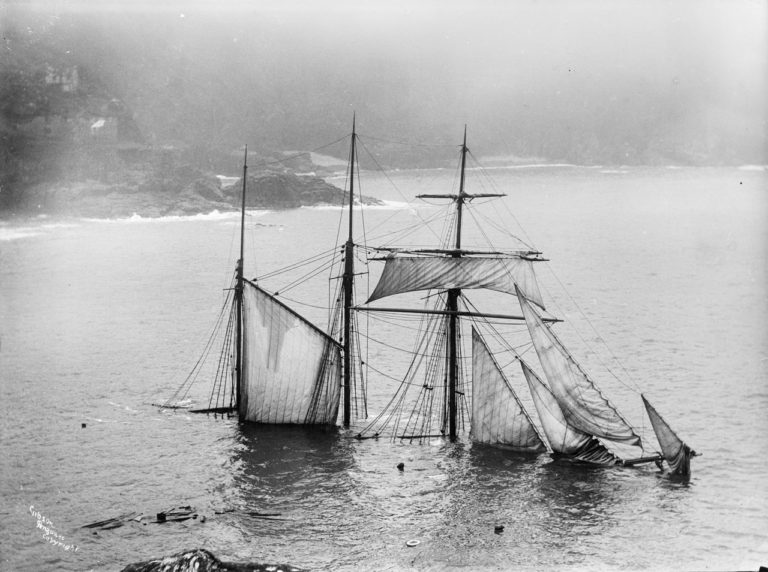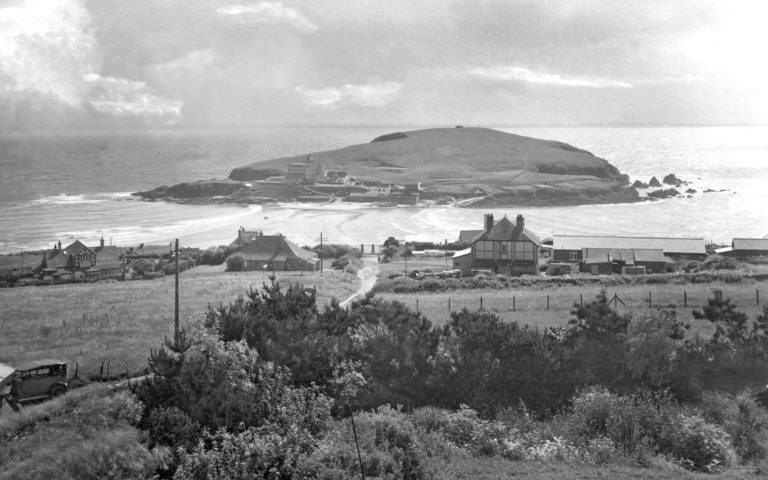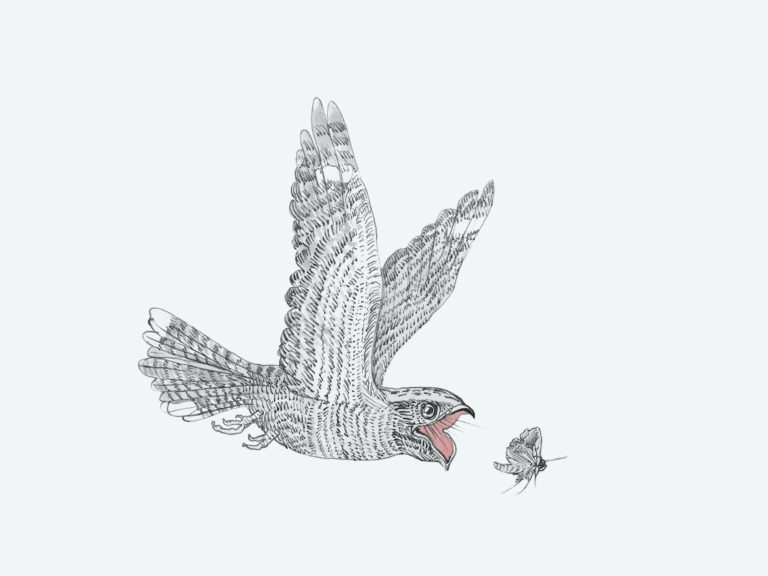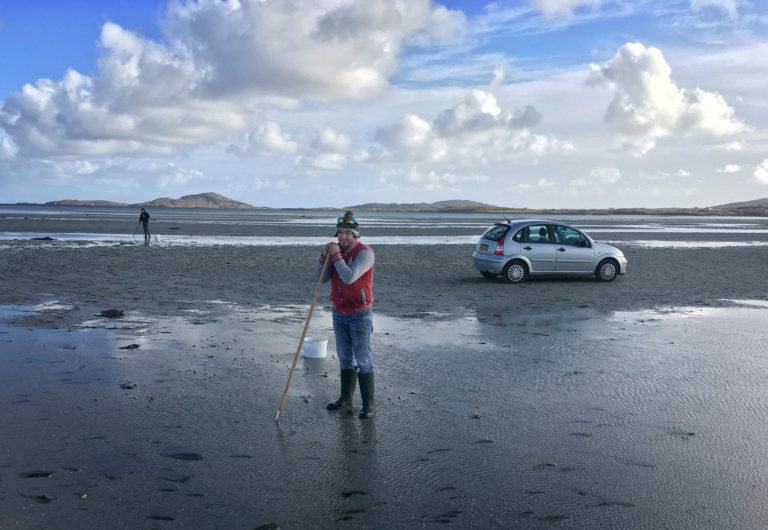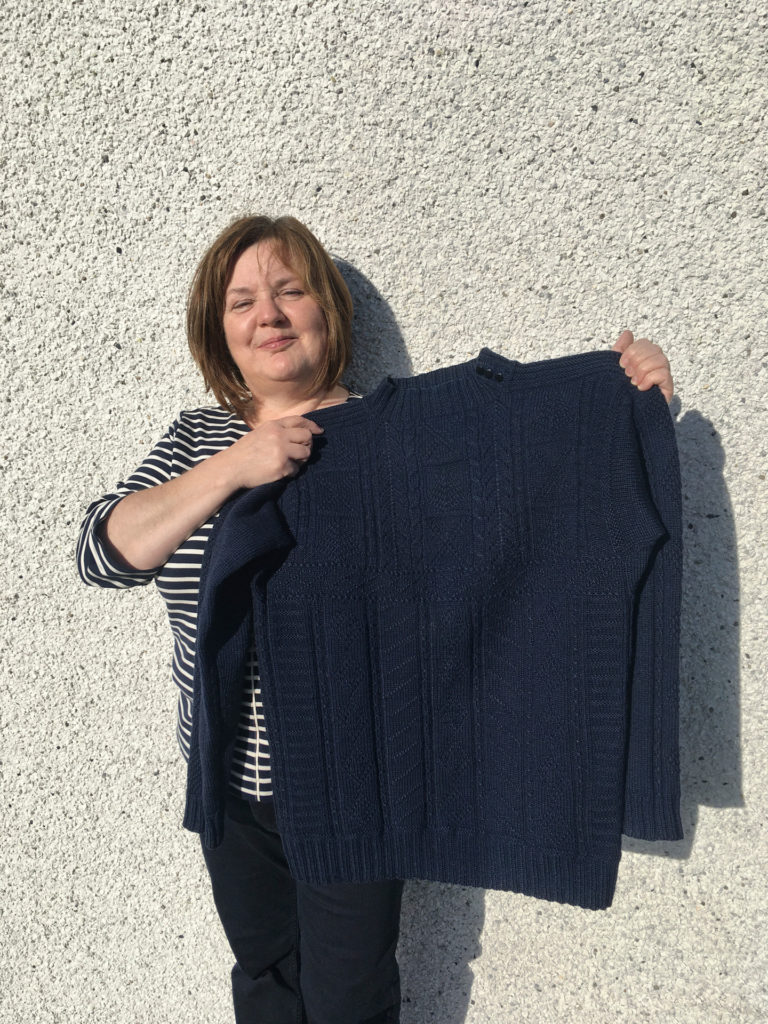SALTMARSH I Harry Cory Wright, Burnham Market, Norfolk, England
The liquidy world between the land and the sea
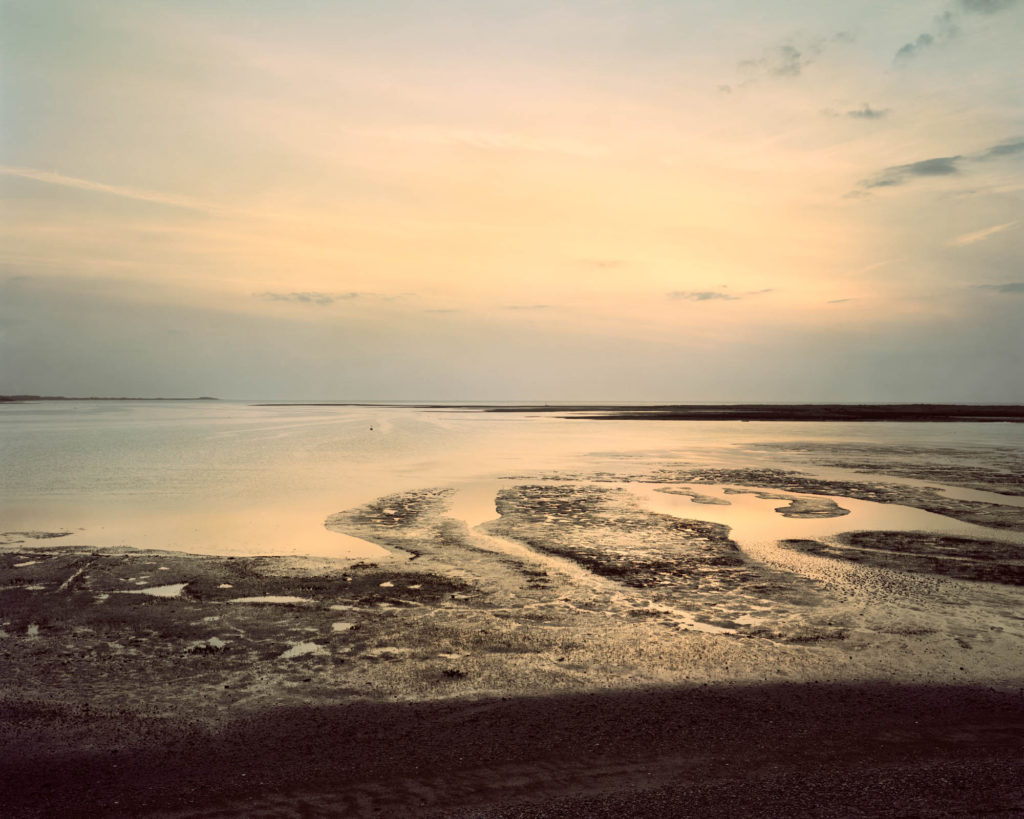
One of The Coracle’s favourite photographers is Norfolk based Harry Cory Wright. His images capture my experience of being in a landscape, sometimes quiet, sometimes majestic. There’s little hand of the photographer visible in them, which fits perfectly with the quiet charm of a regular theme of his – saltmarshes. They are that bit between the land and the sea, between sticky mudflats and the solid ground beneath your feet. Liminal spaces neither here nor there, constantly morphing with the tide, filling up beautifully, then emptying themselves out again into the sea. As Harry says ‘Space, light, serenity and danger can be delivered on the same day and just when you think it is one thing…it becomes another’.
Saltmarshes have their own ecosystem of salt tolerant plants, herbs, grasses and low shrubs that trap and bind sediment creating…..….land tadaaaa! They are also a nursery area for fish, crustacea and insects which sounds nice enough until you realise some of those insects are mosquitoes. You can probably eat mosquitoes as an environmentally low impact source of protein but I’d suggest you try some saltmarsh lamb. The flocks go in and out with the tide, nibbling on coastal herbs like samphire and sea purslane, these animals tend to have less fat and their meat has a subtle seasidey tang. The French prize this meat so it must be good. A summer evening spent foraging samphire is also a fine activity for humans, as long as they don’t get lost in the maze of part time islands. You really need a path to navigate them but it’s probably easier with webbed feet.
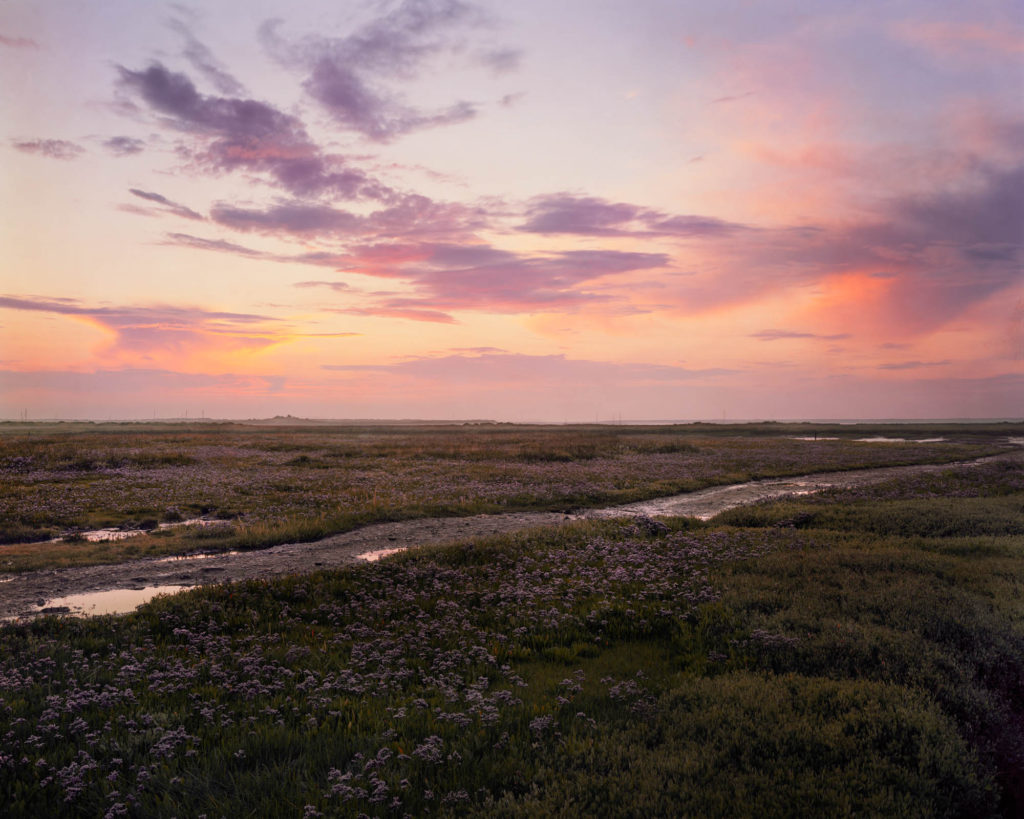
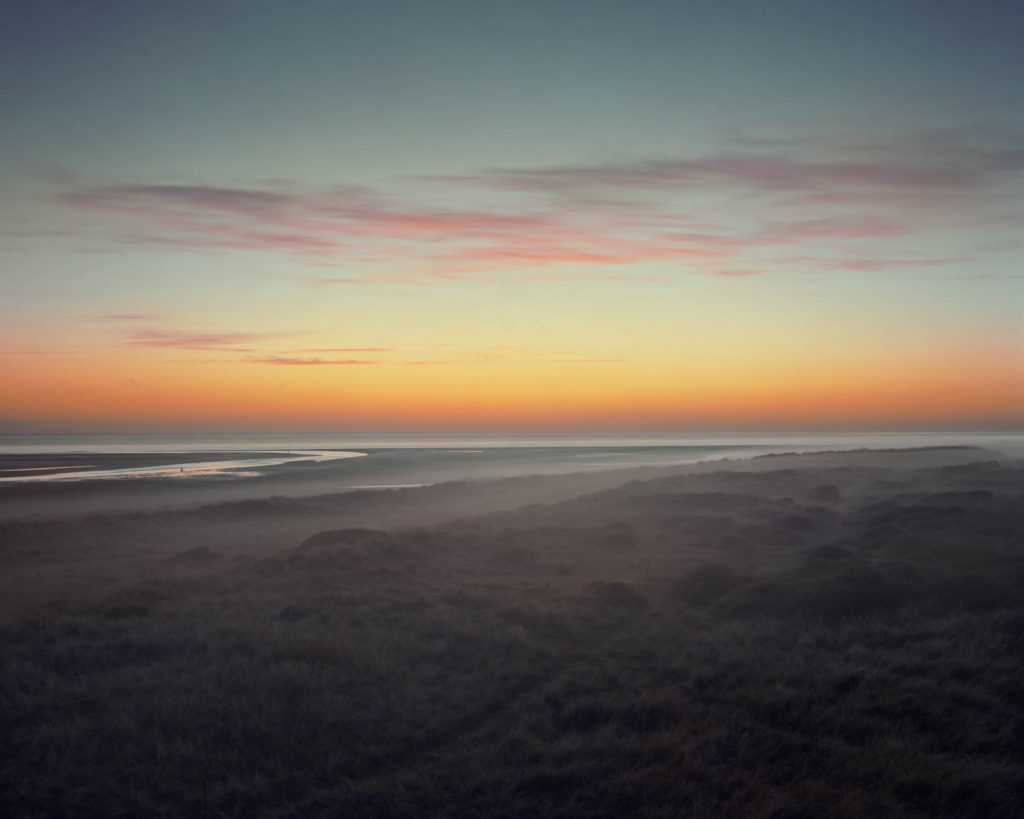
Aside from Harry’s North Norfolk coast, other salt marshes can be found around major estuaries like the Thames, the Dee, and the Humber as well as smaller creeks and tidal rivers around the UK’s fuzzy island edge. The Wash is a particularly dramatic area but Medmerry near Selsey Bill, Wallasea Island in Essex and Saltfleet Flats in Kent’s Egypt Bay are also worth a gander. These are some of the landscape areas least affected by man, until someone decides to build an airport on them or drain them for agriculture. They must look very similar to how the ancient Britons found them, with a deep stillness only broken by the sound of laughing ducks or curlews rising up in front of you. Harry’s photographic process is suitably meditative, he uses a large wooden ‘Gandolfi’ camera that takes big 10 x 8 inch sheets of film. The image he sees through the lens is reversed and there’s no LCD screen. Once he’s found the right spot, he relies mostly on shifting light and cloud movement. For the fraction of a second that the film is exposed, all the combined influences of ‘the time, the temperature, the season, preconceptions, how long ago it rained….’ are indelibly marked on the light sensitive emulsion coating the plastic sheet. The sheets are then processed and hand printed with great skill and sensitivity. Chemistry, physics and magic.
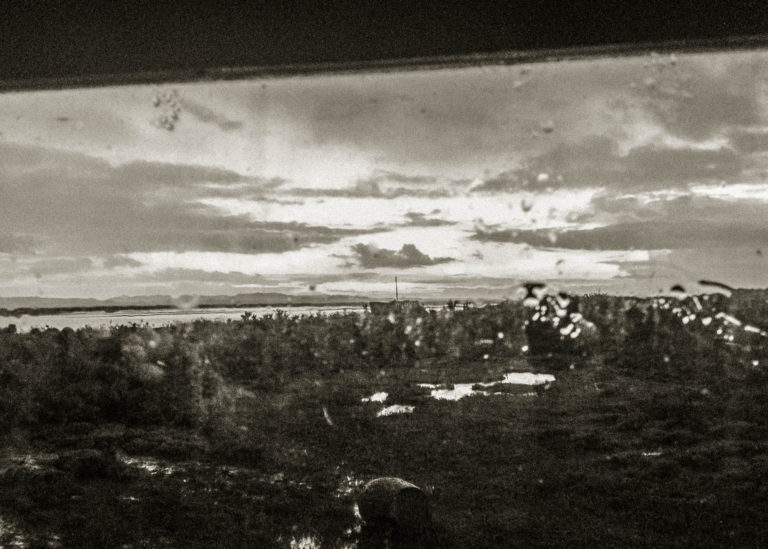
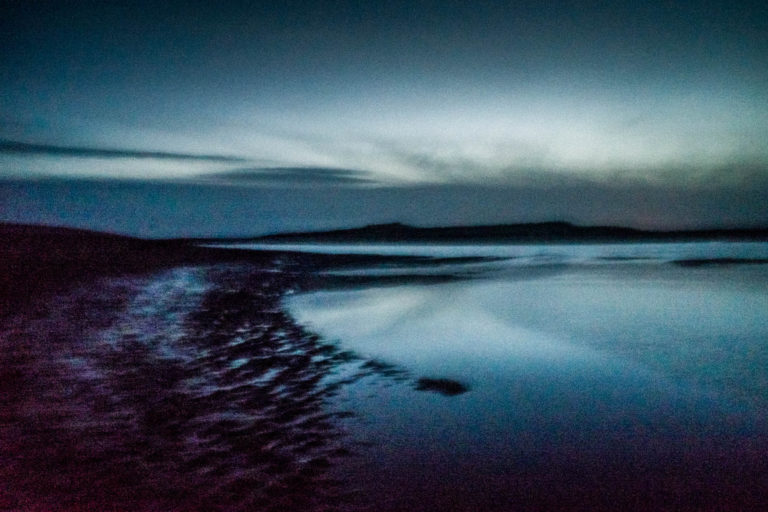
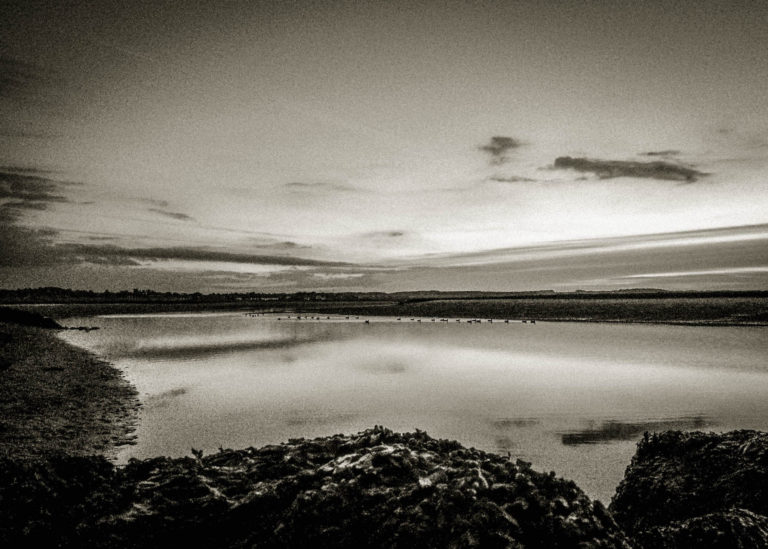

As well as sequestering carbon, saltmarshes give protection from that age old island enemy: the encroaching sea. With levels rising they could start to disappear in the next twenty years. They are as much a part of a complex interdependent ecosystem as we are and much discussion, effort and money go into our sea defences. Fragile places for fragile times.
Harry’s website is here
My favourite book of his is the wonderful visual story of a six month journey around the UK, available second hand here
His gallery is here
Order salt marsh lamb from these folk
